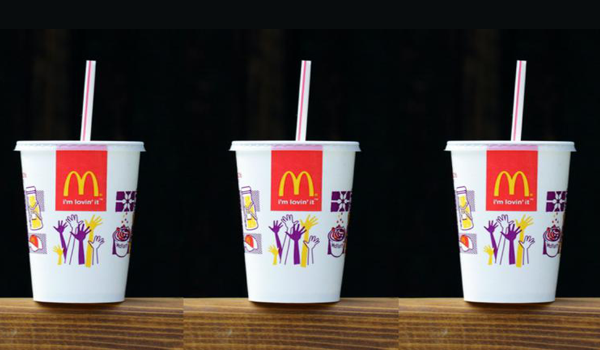Dr. York utilized Artec Leo – reported to be the only wireless and fully standalone professional 3D scanner – to examine the dimensional changes of a plastic package when exposed to heat. Since the plastic packaging was transparent, it was coated with a thin layer of developer spray, a chalk-like powder, to make the surface matte and opaque. This enabled the scanner to detect the surface.
A realistic, rendered 3D model was then created from the scan data, including the 3D form, known as a mesh, and photos of the object against a plain, contrasting background. Excess geometry and surrounding objects could then be removed.
Sticky note pads were also used as physical markets to help the scanners track and capture the object, as well as orientation reference points when examining the scan data in a 3D computer-aided design (CAD) software.
From here, multiple 3D scan meshes were overlapped in 3D CAD software to compare how the packaging had deformed between different numbers of wash cycles. This involved a quicker method of analyzing point set deviation between colour-coded scans, while also measuring the difference between individual point markers, then capturing and comparing cross-sectional data, in a more in-depth process.
These methods were said to provide ‘valuable insights’ into the way a reusable pack might warp when exposed to hot water, and the ways in which reusable plastic packs could be improved to prolong their lifespans in a reuse system.
The research was carried out via the DigiLabs digital platform for extended reality learning, 3D data capture and visualization, robotics, simulation, modelling, and artificial intelligence. Designed to benefit ‘future-fit’ science, technology, engineering and manufacturing (STEM) graduates, it is set to facilitate further exploration and research, as well as ‘lead to new insights and inspiration to create informed designs.’
In a recent edition of The Brief, we consulted a study by the Nordic Co-operation, which compared the environmental impacts of reusable versus single-use food and e-commerce packaging in the Nordics. The researchers encouraged reuse schemes to avoid unnecessary washing to keep energy consumption low; this included preventing consumers from washing their packaging before it was returned and entered into industrial washing processes.
A data-based study from the European Commission’s Joint Research Centre also indicated that washing multi-use packaging can still consume less water than it would take to produce cartonboard, although the type and efficiency of washing machine used could sway this result.
Source: packagingeurope.com









